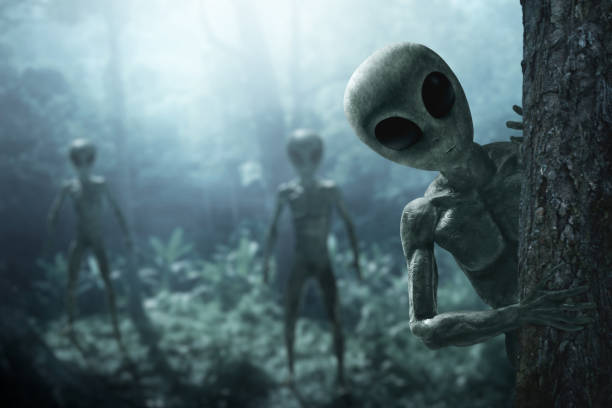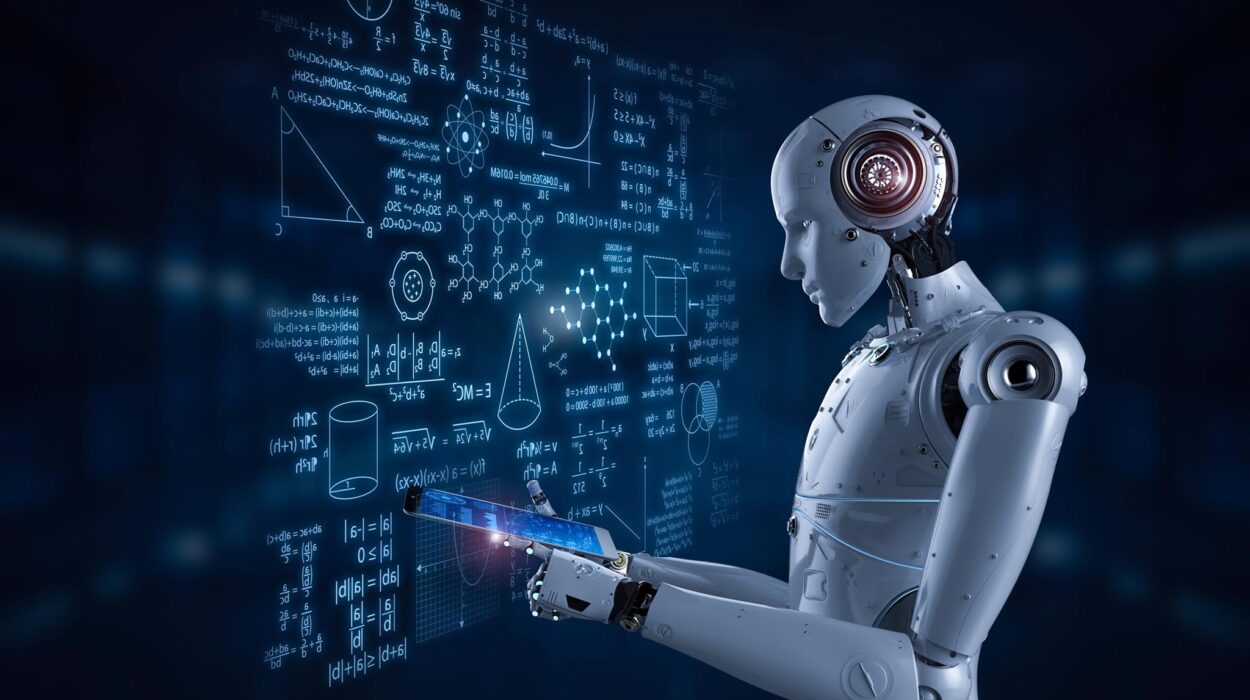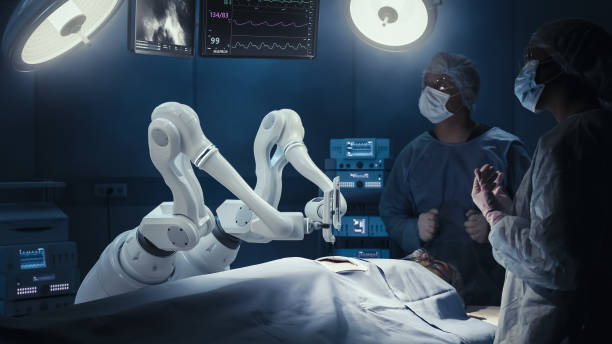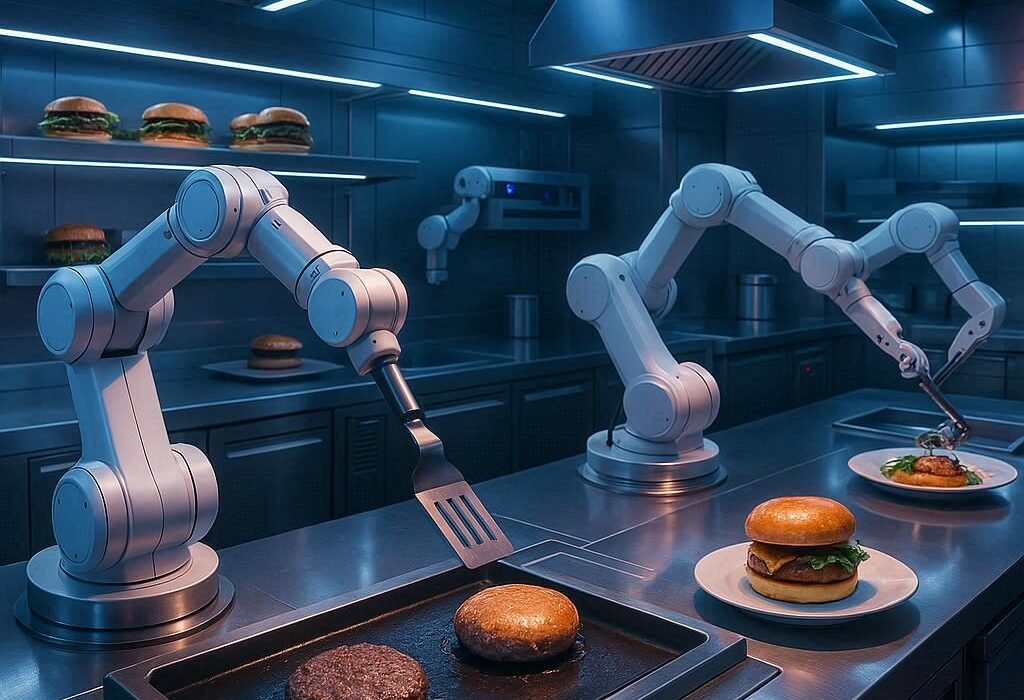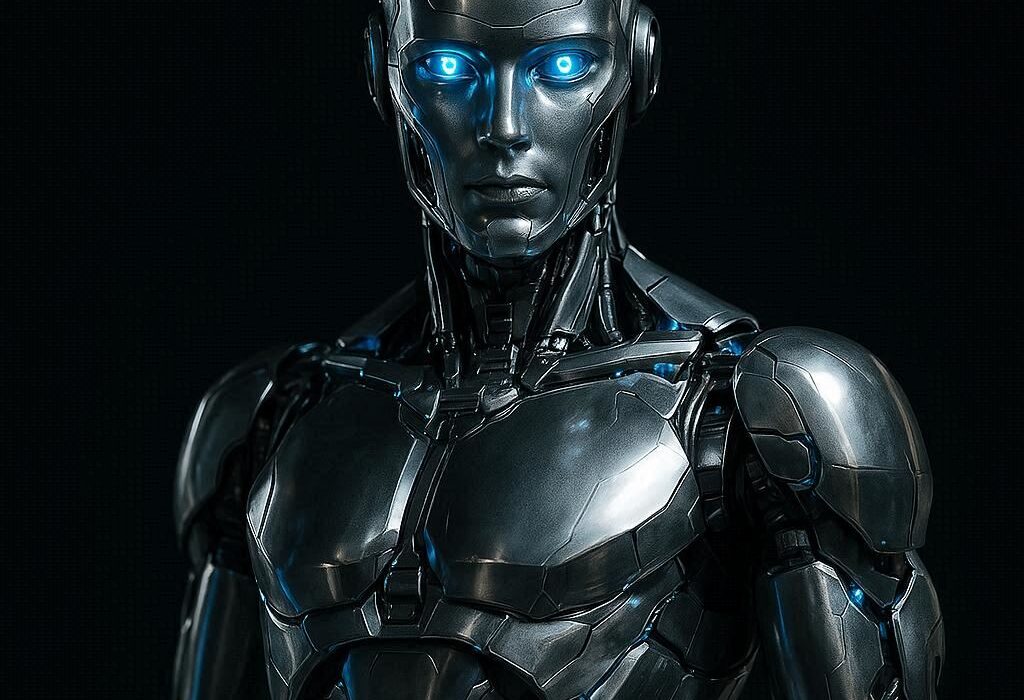From the earliest days of human history, people have gazed into the unknown and wondered what lies ahead. The flicker of firelight once illuminated the faces of shamans who claimed to read the future in animal bones or shifting shadows. Oracles in ancient Greece spoke in riddles that leaders treated as divine forecasts. Across cultures and centuries, prophets, seers, and dreamers sought to pierce the veil of time. What unites them is not accuracy—most of their predictions proved vague or wrong—but a deep, unshakable yearning. Humanity has always desired to know the future, not simply out of curiosity, but out of a hunger for security, survival, and meaning.
The idea that one might learn to see tomorrow is woven into our imagination. Stories and myths tell of visionaries who glimpse what is yet to come, often with tragic consequences. The allure is obvious: if we could see the future, we could prepare, prevent disaster, or seize opportunities before others. But the question remains—could humans ever truly develop this ability? To answer it, we must examine not just myth but science: the workings of the brain, the laws of physics, and the possibilities of technology.
The Science of Prediction and the Brain’s Time Machine
At a fundamental level, the human brain already spends much of its energy predicting the future. Every moment, it constructs expectations: where a ball will fall, how a sentence will end, what another person might do. Neuroscientists have shown that the brain is less a passive recorder of events and more an active predictor, constantly building models of the world to anticipate what will happen next. This predictive machinery is why we can catch a ball in midair or drive safely through traffic.
One of the most fascinating discoveries in modern neuroscience is the role of the hippocampus, a structure deep in the brain long associated with memory. Research reveals that memory and imagination are intimately linked, functioning like a time machine. When we remember, the brain reconstructs past events; when we imagine, it repurposes the same neural circuits to project possible futures. In this sense, every act of imagination is a form of time travel.
But while our brain is skilled at short-term forecasting—seconds, minutes, even hours into the future—it falters when faced with the complexity of days, years, or centuries. The sheer number of variables makes precise prediction impossible. Still, this does not close the door. It suggests that while humans may not see the future as a fixed film, we might sharpen our ability to simulate possibilities with greater accuracy, blending memory, imagination, and data.
Physics and the Question of Time
If we shift our gaze from the brain to the cosmos, a deeper question emerges: is the future already determined? Physics offers competing answers. According to Einstein’s theory of relativity, time is not a river flowing from past to future but a dimension woven into spacetime. In this “block universe” view, past, present, and future all coexist, like frames in a film reel. If that is true, the future is as real as the past—we simply have not reached it yet.
Yet relativity also insists that no information can travel faster than light, setting limits on what can be known. The future may exist, but it is hidden from us. Quantum physics adds further strangeness. At the smallest scales, particles exist in states of probability rather than certainty. An electron’s position or a photon’s path is not fixed until measured. Some interpretations suggest the universe branches into multiple possibilities, with every potential future realized in parallel worlds.
If the future is not a single determined line but a branching set of probabilities, then “seeing the future” may be less about glimpsing inevitability and more about perceiving likelihood. This aligns with what humans already do in science, economics, and weather forecasting: building models that narrow the field of what might come. The question becomes whether such models could ever reach a level of precision that feels like vision.
The Limits of Prophecy and the Role of Chaos
One of the greatest obstacles to future-seeing lies in the mathematics of chaos. Chaos theory teaches that complex systems—like the weather, ecosystems, or human societies—are exquisitely sensitive to initial conditions. A small change, even the flap of a butterfly’s wings, can cascade into vast consequences. This sensitivity means that long-term predictions become unreliable. Meteorologists, for example, can forecast the weather fairly well for a week, but beyond that, uncertainty grows until precision vanishes.
Human behavior is even more unpredictable. Societies are composed of countless individuals making decisions that interact in unforeseeable ways. The emergence of new technologies, cultural shifts, and random events can alter history’s course in ways no model can capture. The dream of prophecy—that tomorrow could be seen as clearly as today—collides with this fundamental unpredictability.
Still, chaos does not mean complete blindness. It suggests that while specific events may remain unknowable, patterns and probabilities can still be discerned. A storm may not be predictable in every detail, but climate models can reveal broader trends. Similarly, while we cannot say who will win a future election decades in advance, we can anticipate pressures, risks, and probabilities that shape outcomes. Thus, to see the future may mean learning to live with uncertainty while sharpening our vision of patterns within it.
Technology as a Crystal Ball
If the human brain alone cannot pierce the future, perhaps technology can extend its reach. In many ways, modern science already functions as humanity’s most powerful oracle. Supercomputers model climate change decades ahead. Algorithms forecast economic trends and social behaviors. Artificial intelligence sifts through oceans of data to find patterns invisible to human perception.
The more information we gather—through satellites, sensors, and global networks—the better our predictions become. Big data and machine learning are, in essence, humanity’s new crystal balls. They do not provide certainty, but they reveal probabilities with ever-growing precision. In medicine, AI can predict diseases years before symptoms appear. In agriculture, it forecasts crop yields based on shifting weather and soil conditions. In finance, it anticipates market crashes or opportunities.
Yet these tools also reveal the limits of foresight. Predictions can mislead if the data is incomplete or biased. Algorithms cannot anticipate the truly novel—the unprecedented event that lies outside historical patterns. And even when predictions are accurate, knowing them may change the future itself. If everyone acts on a forecast, the forecast alters the outcome, a paradox that no machine can fully escape.
The Psychology of Wanting to Know
Why do humans long so deeply to see the future? At its core, the desire is rooted in survival. To anticipate danger, to prepare for scarcity, to seize advantage before rivals—these skills gave our ancestors an edge. Evolution favored brains that could simulate possible futures and act accordingly. The modern hunger for prophecy is an extension of that primal instinct.
Yet there is more. The unknown breeds anxiety. The future is a vast ocean of uncertainty, and uncertainty frightens us. Seeing the future promises control, a balm against chaos. It offers hope, suggesting that destiny is not blind but illuminated. But it also carries danger. If we knew the future, would we lose the very freedom that gives life its meaning? A life where everything is foreseen might feel less like a journey and more like a prison.
Philosophers have wrestled with this paradox for centuries. If the future is determined, then free will is an illusion. If it is undetermined, then true foresight is impossible. Humans live suspended between these poles, craving knowledge yet fearing what it might reveal. Perhaps the power to see the future would not liberate us but burden us, overwhelming us with inevitability or drowning us in endless branches of possibility.
Dreams, Intuition, and the Subtle Whispers of Tomorrow
Though science denies supernatural prophecy, the human mind sometimes produces experiences that feel uncannily like glimpses of the future. People report dreams that seem to foreshadow events or intuitions that prove accurate. Most of these cases can be explained by coincidence, selective memory, or unconscious pattern recognition. The brain notices cues and trends without our awareness, leading to feelings of foresight.
Still, the phenomenon raises intriguing questions. Might our predictive machinery sometimes operate at levels beyond conscious awareness, stitching together subtle patterns to anticipate outcomes? A dream of an accident may not be mystical, but it could reflect subconscious recognition of risks we overlooked while awake. Intuition, far from being magic, may be the brain’s quiet forecast emerging in whispers rather than calculations.
If so, humans may already possess the beginnings of future-seeing—not in mystical visions but in heightened sensitivity to patterns. Training this ability, through mindfulness, data awareness, and cognitive refinement, might extend our predictive powers in subtle but meaningful ways.
Ethical Frontiers of Foresight
If humanity ever came close to seeing the future with clarity, profound ethical questions would arise. Who would control this power? Would governments use it to prevent crimes or suppress dissent? Would corporations exploit it for profit? Would ordinary people want to know their personal futures—the day of their death, the choices of their loved ones, the trajectory of their lives?
The temptation to peer ahead might erode the beauty of uncertainty. Life’s meaning often lies in its surprises, in not knowing what love or discovery awaits. If we stripped that away, would we rob ourselves of wonder? Yet foresight could also save lives, prevent wars, and mitigate suffering. The challenge would be to balance knowledge with wisdom, to use prediction not as a cage but as a guide.
Perhaps the greatest lesson is that the ability to see the future, should it come, would demand more than technology. It would require humility, restraint, and an understanding of human fragility. The future is not just a puzzle to be solved but a responsibility to be carried.
Could Humans Ever Truly See Tomorrow?
So, could humans ever learn to see the future? In the strict sense of prophecy—clear visions of inevitable events—the answer is likely no. The universe’s complexity, chaos, and quantum uncertainty forbid it. Yet in another sense, we already do. Every forecast, every scientific model, every intuition is a glimpse of possibility. As technology grows, those glimpses become sharper, transforming vague shadows into clearer outlines.
To see the future, then, may not mean piercing an impenetrable wall but learning to refine our predictions, embracing probabilities rather than certainties. The future may remain hidden in its details, but its broad contours can emerge through science, imagination, and vigilance.
The Future of Seeing the Future
Perhaps the most profound truth is that our longing to see tomorrow is itself a force that shapes it. By dreaming of the future, we build it. Every forecast, every vision, every story we tell about what lies ahead becomes a blueprint that influences choices. In that sense, we already wield a kind of foresight—not through supernatural vision but through creation.
The future is not an object waiting to be seen. It is a landscape we are sculpting with each decision. To learn to see the future is, paradoxically, to learn to see ourselves: our patterns, our possibilities, our power to imagine and shape what comes next.
And perhaps that is the deeper answer. Humans may never gaze upon the future as a finished painting, but we can hold the brush. We are both seers and makers, witnesses to probabilities and authors of realities. The longing to see tomorrow may never be fully satisfied, but in the very act of reaching toward it, we create futures worth living in.

